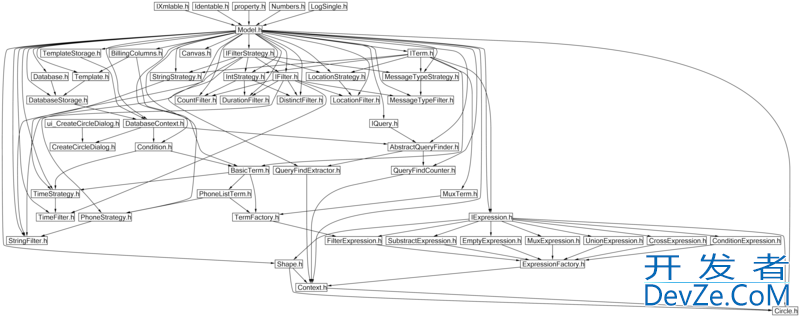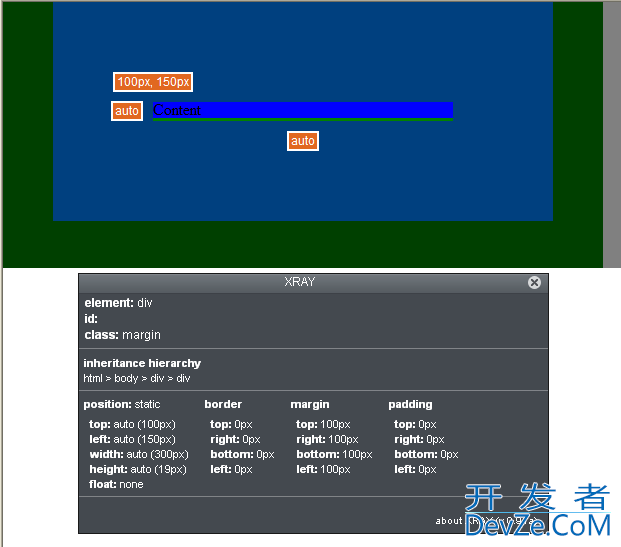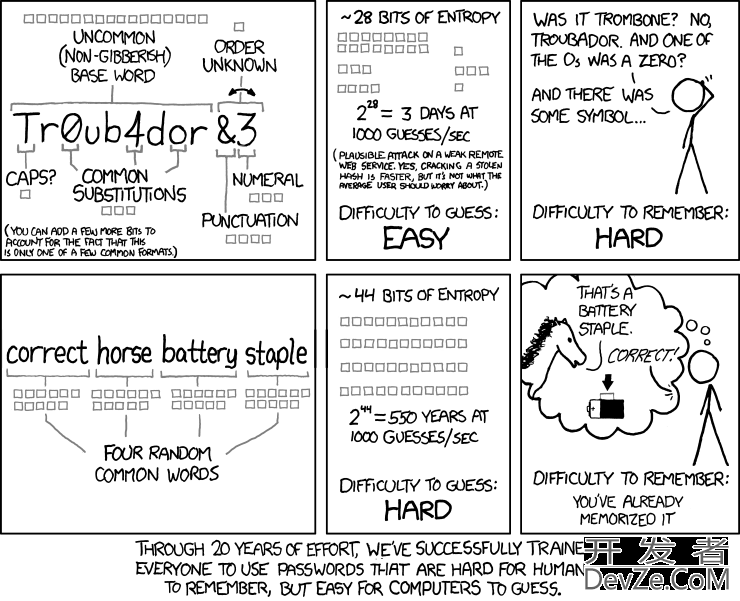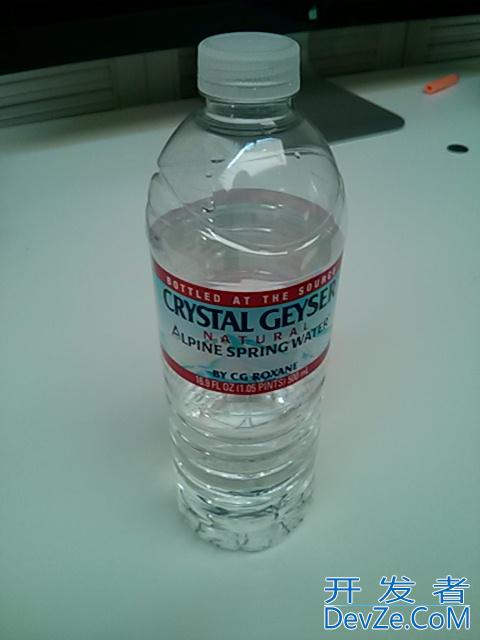How do miscellaneous account management pages fit into a RESTful design in Rails 3?
For example, a user registers (create action) and is then forwarded to a registration success page (? action) where they are asked to now verify their email address via a url with a token (emailed to them).
When they 开发者_如何学编程click the link in the email, technically they are "updating" their account as part of the verification process right? So I'm thinking that would somehow map to the "update" action but the update action is expecting a PUT request. Is that correct? How do you make that work via the email?
I'm also wondering how forgot password, reset password, etc also fit into a RESTful design? Just trying to wrap my head around this.
Just because you have a result design, doesn't mean you HAVE to restrict yourself to only CRUD verbs that map 1:1 to Get/Post/Put/Delete. That said, if you want to get really RESTful, you can start to think of some of these things in terms of being their own resources. For example user verification:
- User signs up, and gets sent a verification email, you already have that all squared away RESTfully it looks like
- Verification url looks like: http://app.com/user_verifications/new?token=foobar (GET)
- They follow the url and maybe are presented with a "Hello Dan, welcome back! Click here to verify your account" at that point you submit a form to http://app.com/user_verifications to trigger the create action there. Now on the backend, you can perform whatever actions you want, updating the user, setting them to active, or actually creating a "UserVerification" model.
Not a perfect example, but the idea is that the RESTful interface you are providing has an additional resource, in this case "user_verifications" and a user is acting upon it via HTTP methods in order to achieve the user's goals. You can apply similar logic to reset/forgot password either with a "UserSession" type resource or even as specific as a specific "ForgotPassword" resource.
Success page is just
create.html.erbfile. Usually you are redirecting from create action, but here you can just render success template.Verifying. If you want to stay REST you should add one more step: GET verify, where is the form with your token present, which will lead to PUT
updateaction. User recieves a link to this page.
But I prefer to use simple GET request here, which will update information without any additional clicks.The same way you work with restoring passwords and other functionality. You add a page to with form that gets email, then you send a letter with link to a page with form filled with tokens and so on.




![Interactive visualization of a graph in python [closed]](https://www.devze.com/res/2023/04-10/09/92d32fe8c0d22fb96bd6f6e8b7d1f457.gif)



 加载中,请稍侯......
加载中,请稍侯......
精彩评论